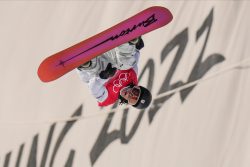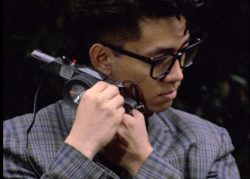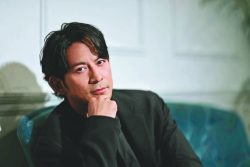Kansetsu-waza Master Natsumi Tsunoda Wins Gold by Sticking to her Judo Style; Judoka Blows Away Concerns by Producing Results
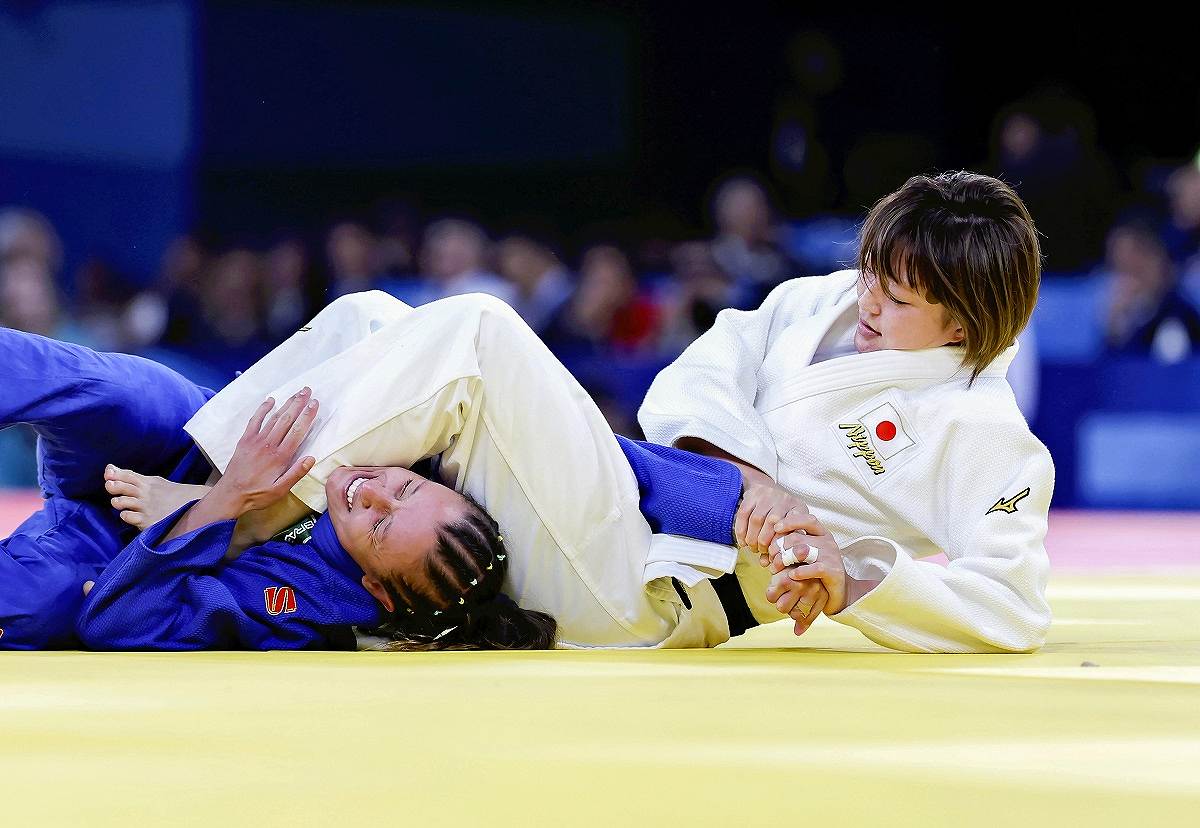
Natsumi Tsunoda holds Brazil’s Natasha Ferreira in an arm lock in the first round of the women’s 48-kilogram judo division at the Paris Olympics on Saturday.
20:00 JST, July 28, 2024
PARIS — Judoka Natsumi Tsunoda, who won Japan’s first gold medal of the Paris Olympics, is known as a master of kansetsu-waza joint-locking submission techniques. Once she holds her opponent down, she never lets them go.
The 31-year-old Tsunoda won gold the women’s 48-kilogram judo division at her first Olympics by making full use of her surefire techniques that she has been working on since her university days. She was able to display her strength during her Olympic debut.
Tsunoda walked off the mat after winning the final and hugged her coach, wiping away tears.
“I fought through to the end and just believed in myself,” she said.
When she was a second-year junior high school student, she was eliminated in 13 seconds in the first round of a national competition. In high school, she never placed higher than third, so she intended to quit judo after graduation.
She knew her limits and thought she could not improve anymore.
As she liked making sweets, she thought she should go to a vocational school to become a patissier. At the time, she was offered a place at Tokyo Gakugei University, which had just started working to build up its judo program. She thought she might as well casually practice judo while studying.
Compared to when she was in high school, where she practiced judo almost every day, at university, she had two days off a week. The coaches respected the independence of the athletes and gave them the freedom to decide their own training programs.
“I enjoyed talking with others about how to get stronger,” Tsunoda said.
The Chiba Prefecture native reached a turning point in her athletic career came when she was invited to join a jujitsu martial art school after entering university. She thought it could help her improve her judo techniques.
She practiced her ne-waza ground techniques with men weighing more than 70 kilograms for over an hour without breaks. Once, she was so focused that she caused a person to lose consciousness with a shime-waza choking technique.
During that time, she worked on developing the ude-hishigi-juji-gatame arm lock technique, in which she locks an opponent’s arm between her thighs. She studied different ways to perform the technique, depending on the opponent’s body and arm position.
She was eventually able to smoothly perform the technique during matches and became Japan’s No. 1 judoka among university students in her third year. In the final of the national competition, she defeated her opponent with the arm lock for an ippon victory, and soon, people started calling her “Kansetsu-waza master.”
Another technique she often uses is the tomoe-nage overhead throw, which she mastered after she started working at a company. Once she gets her back on the mat, she pulls the opponent closer and throws them over her head with her leg. The advantage of this technique is that, if she fails to throw the opponent, she can use ground techniques and move to a joint-locking submission technique. Through the use of these techniques, she created her surefire style.
Uta Abe, 24, another Japanese judo Olympian who faced Tsunoda before, said: “She gave off an ominous energy, something that I’ve never felt from anyone before. I feel like I’m being played with when I enter her territory. Her judo style is like a snake.”
Tsunoda has won three consecutive world judo titles since 2021 where she displayed her overwhelming strength by winning all 15 matches by ippon. She won most of the matches with just those two techniques.
She used to be concerned by others’ criticisms saying that she could only do ground techniques, however, she stuck to what she believed was right for her.
“I got rid of my worries by producing results,” she said.
Before the Olympic final, Tsunoda said: “I have created my own style of judo. I’m glad that I’ve produced results and continued to fight without giving up.”
And by believing in herself and sticking to her own judo style, she was able to stand at the top of the podium with a gold medal around her neck.
"Sports" POPULAR ARTICLE
-
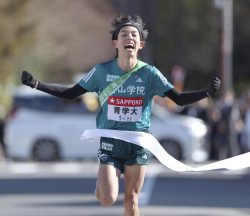
Hakone Ekiden 2026: Aoyama Gakuin Leads Tokyo-Hakone Ekiden After Record-Breaking End to 1st Day (Update 1)
-

Hakone Ekiden 2026: Aoyama Gakuin Hakone Ekiden Runners Kept Departed Teammate in Their Thoughts During Race
-
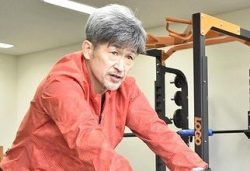
‘King Kazu’ Joins J3’s Fukushima United FC on Loan; 58-Year-Old Kazuyoshi Miura Returns to J.League for 1st time in 5 Years in 2026
-

At 58, the World’s Oldest Professional Soccer Player Says He Is Only Getting Better with Age
-
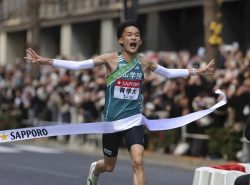
Hakone Ekiden 2026: Aoyama Gakuin Defends Tokyo-Hakone Ekiden Title
JN ACCESS RANKING
-

BOJ Gov. Ueda: Highly Likely Mechanism for Rising Wages, Prices Will Be Maintained
-

Japan Govt Adopts Measures to Curb Mega Solar Power Plant Projects Amid Environmental Concerns
-

Core Inflation in Tokyo Slows in December but Stays above BOJ Target
-

Osaka-Kansai Expo’s Economic Impact Estimated at ¥3.6 Trillion, Takes Actual Visitor Numbers into Account
-

Major Japan Firms’ Average Winter Bonus Tops ¥1 Mil.



